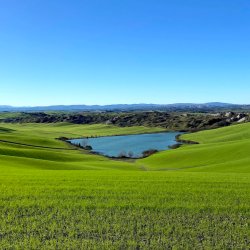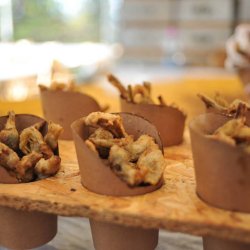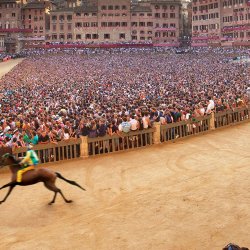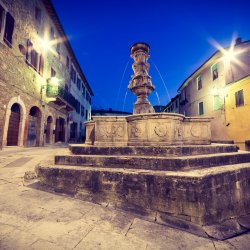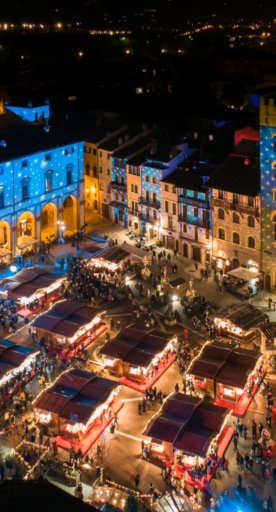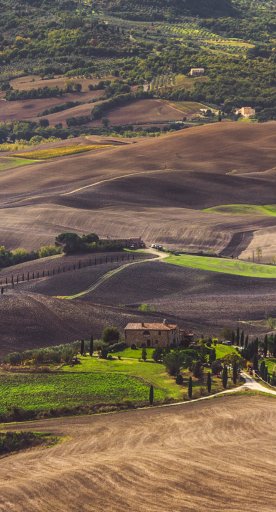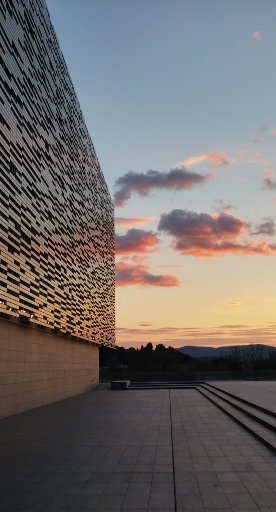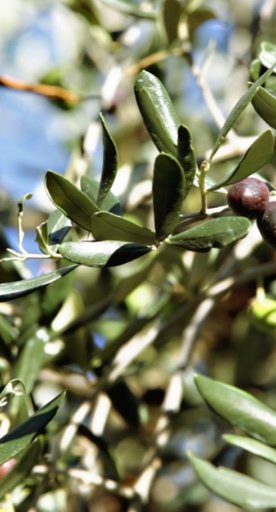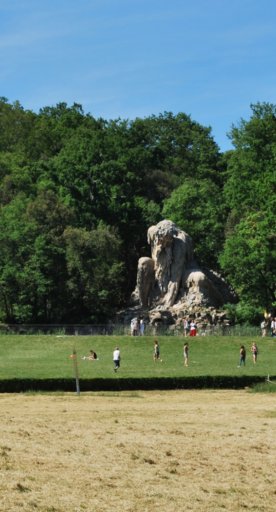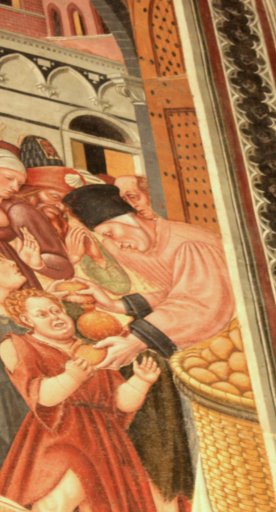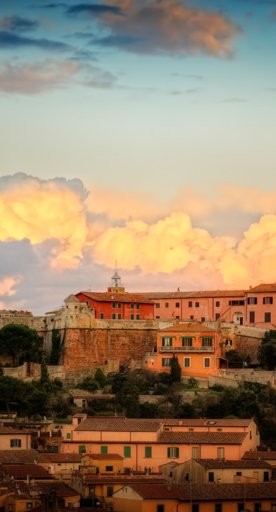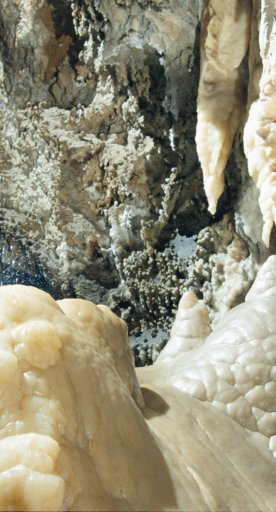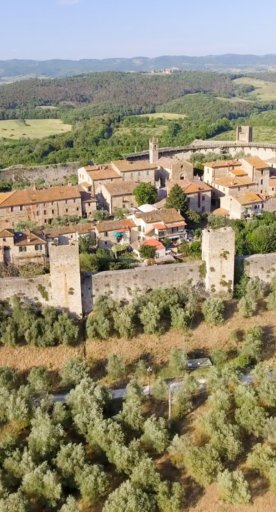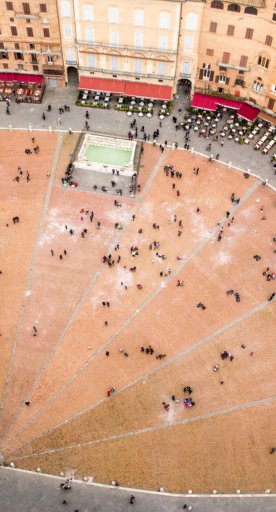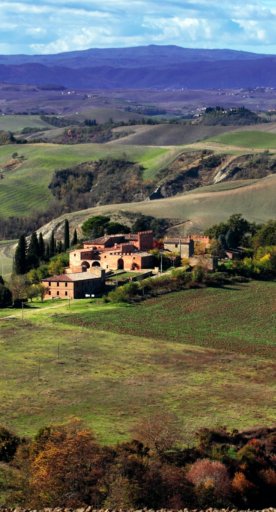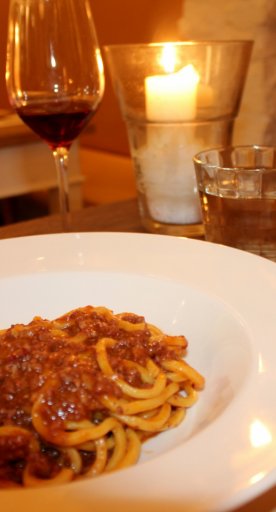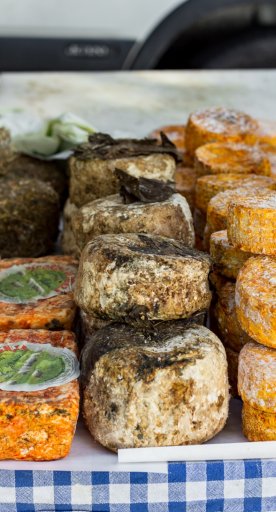The origins of Tuscany's hiking trails, traveling through history
Walking in Tuscany means plunging into villages, towns and nature following in the footsteps of great personalities, warlords and men of faith from whom the historical paths have taken their origin.
Tuscany is a region crossed by great paths, ancient communication routes that over the centuries have seen the passage of numerous personalities whose names have remained etched in history. Some of these roads arose in the footsteps of important personalities, while others developed naturally thanks to the pilgrims and merchants who used to cross them.
-
1.The Via Francigena
-
2.The Via Romea Germanica
-
3.The Via Matildica del Volto Santo
-
4.The Via di Francesco
-
5.The Romea Strata
-
6.The Via Romea Sanese
-
7.The Via Lauretana
-
8.The Cammino di San Jacopo
The Via Francigena
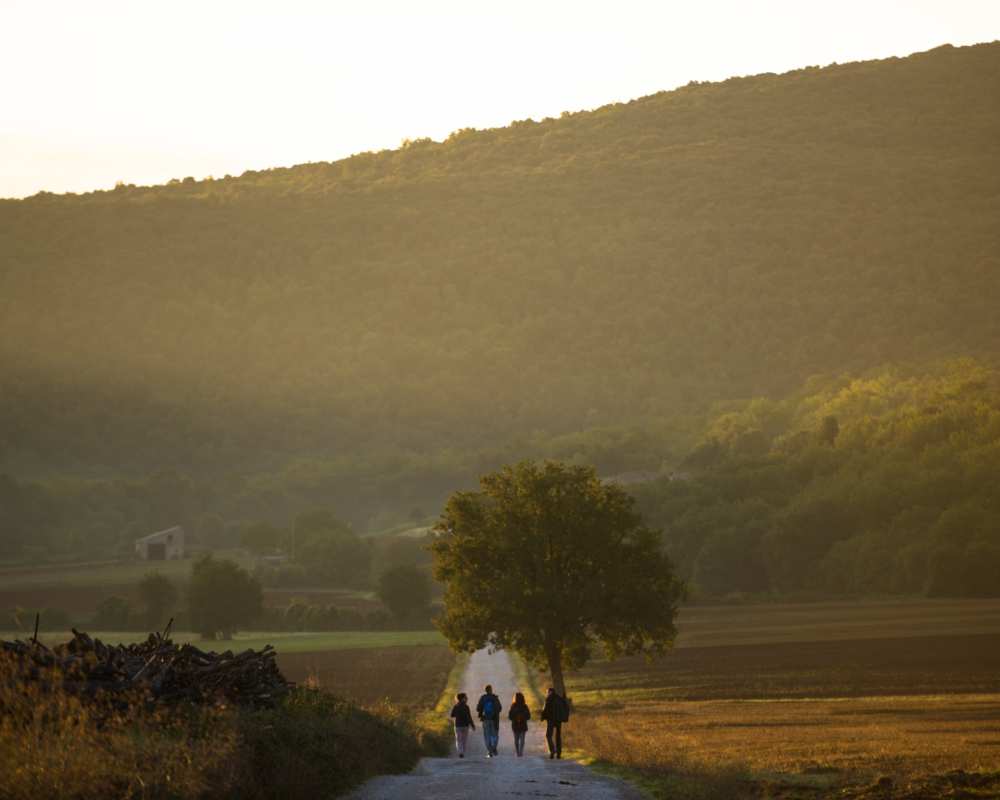
Among the best-known paths is undoubtedly the Via Francigena, which crosses all of Tuscany, running for 380 kilometers from north to south, from the wooded lands of Lunigiana to the last edges of Val d'Orcia. The itinerary follows the route of Archbishop Sigeric, who traveled between Italy and England; in the year 990, Sigeric received the Pallium directly from the Pope, and on his return journey from Rome to Canterbury he recorded the stages - referred to as "stops" - in a journal. It was from the archbishop's notes that the official itinerary of the Via Francigena, which traces its route, came into being.
The Via Romea Germanica
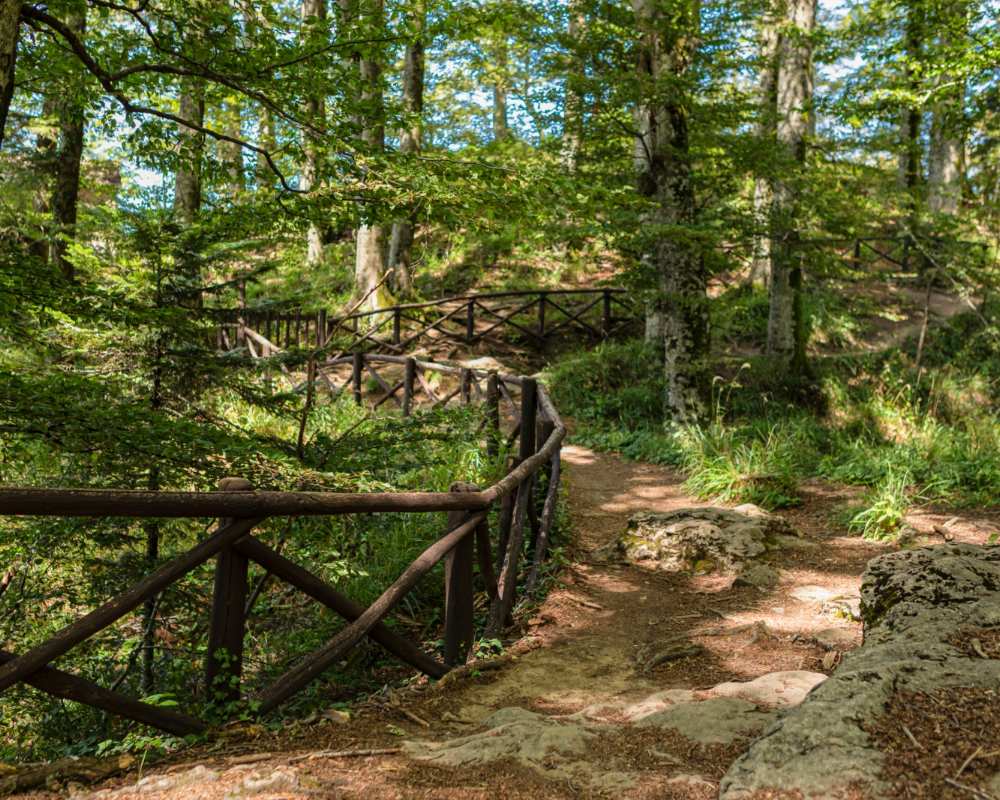
Similar to the history of the Via Francigena is the origin of the Via Romea Germanica, linked not to a travel journey but to a 13th-century report by Albert of Stade, abbot and historian of the monastery of the Virgin Mary in Stade, Germany. One of his best-known works is the Annales Stadenses, written by the abbot after meeting the pope in Rome; the Annales contain, in the form of a short story, an imaginary dialogue between two friars, Firri and Tirri, who discuss which is the best way to reach Rome. One of the two asserts that the "Melior Via" is indeed the Romea Germanica - historically also known as the Via di Stade - and describes in detail its itinerary, that is, the stretch traveled by Albert of Stade himself on his return journey to Germany. Today in Tuscany it counts 7 stages.
The Via Matildica del Volto Santo
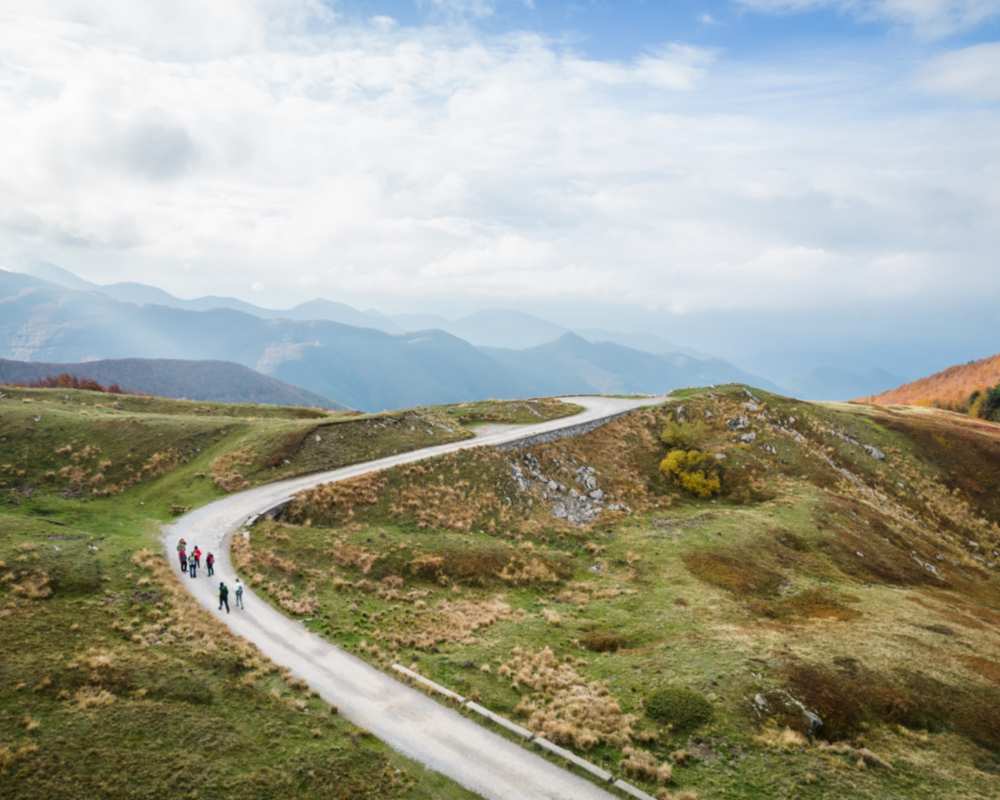
The 5 stages of the Via Matildica, instead, cross part of the domains of Matilda of Tuscany, an important figure of the Middle Ages who was responsible for the construction of churches, hospitals and bridges. The territory that stretched under the noblewoman's control was vast, and it represented an important connection point between the seat of the Holy See and the realms of northern Europe. In the Tuscan section, the itinerary crosses Apennine passes that open onto vast views and places of great charm, such as the Devil's Bridge (Ponte del Diavolo) which, beyond the legend, seems to owe its construction to Matilda herself. Coinciding in part with the Via del Volto Santo, the Matildica descends until it reaches Lucca and the precious statue preserved in the Duomo of the city.
The Via di Francesco
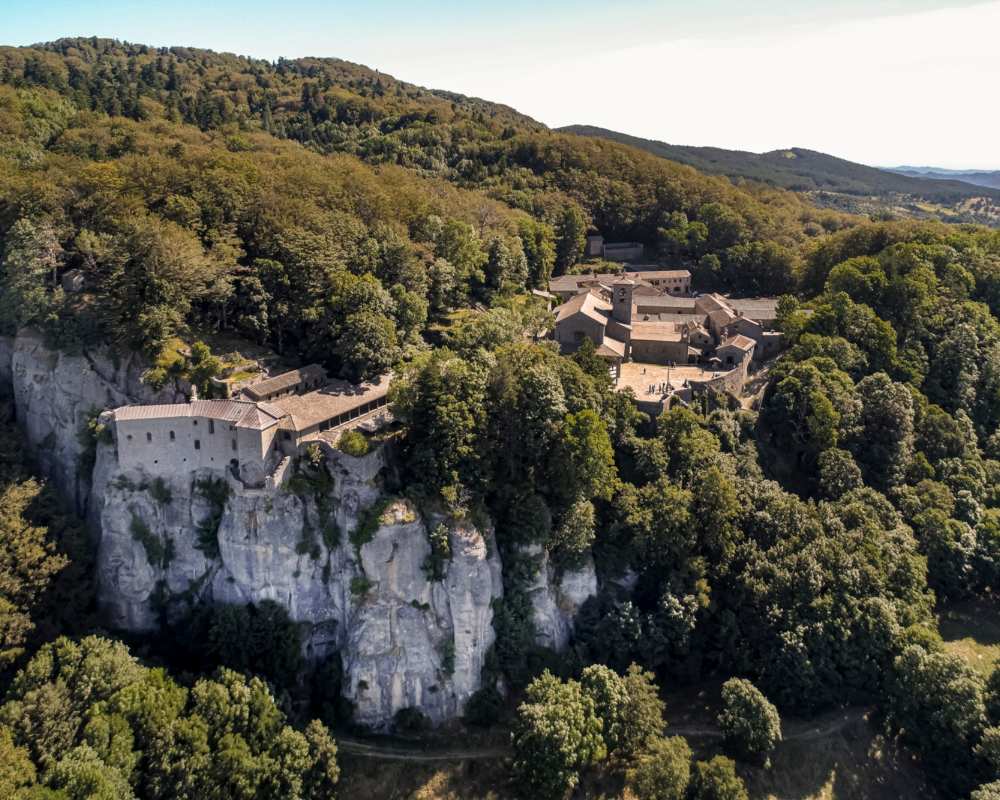
Among the places linked to St. Francis of Assisi, a network of paths has sprung up that has taken the name Via di Francesco (the Way of St. Francis) and which crosses the territories of Casentino, Valtiberina and Valdichiana Aretina. The routes wind along in the saint's footsteps, reaching the Casentino forests: here, among silent woods filled with spirituality where Francis used to pray, stands the Sanctuary of La Verna, the site of the apparition of the stigmata. Along all the routes, reaching from time to time Anghiari, Arezzo, Cortona, the way encounters evidence of the saint's passage: they are found in art and in the great churches, as well as in the numerous hermitages; among these latter, the hermitage of Le Celle, founded by Francis himself, stands out.
The Romea Strata
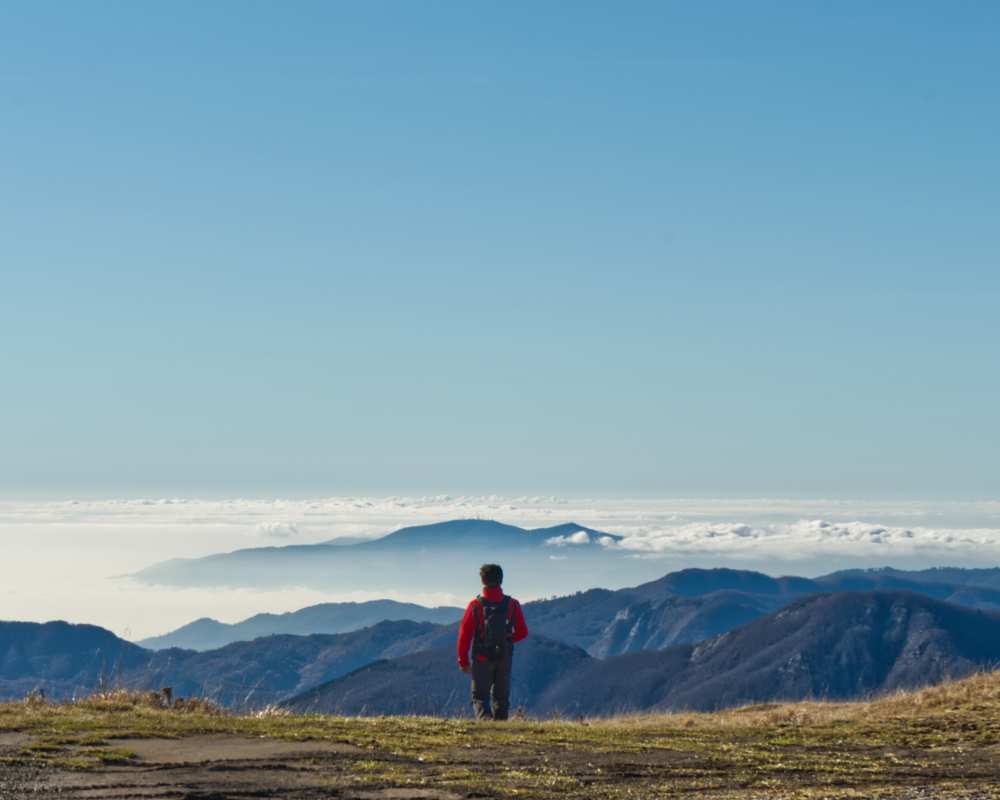
Along each of these ancient roads you are plunged into history and a past that goes back many centuries. This is also the case for the Romea Strata, trodden by the steps of thousands of merchants and pilgrims from Eastern Europe; born on the route of the Nonantolana-Longobarda route, this road runs through the Pistoia area and the lands of Leonardo da Vinci, later intersecting with part of the Via Francigena. Its origins could be traced back to the Lombard kings, in order to connect Italy with the northern territories.
The Via Romea Sanese
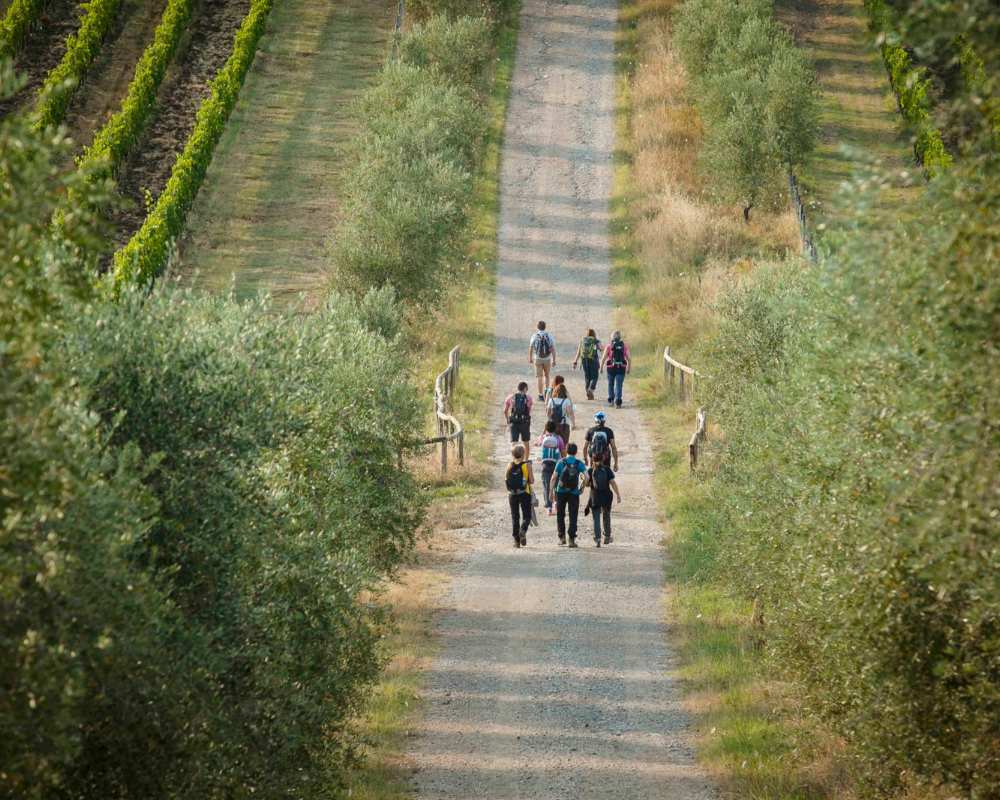
The Via Romea Sanese, which winds in 5 stages through the vineyards of Chianti, was in the Middle Ages the main route between Florence and Siena. Among the great personalities who walked this ancient route is Niccolò Machiavelli; along the route, arriving at Sant'Andrea in Percussina, you encounter the Albergaccio, that is the country home where the politician and man of letters retired during his exile from Florence, and where he wrote his most famous works, The Prince and The Mandrake.
The Via Lauretana
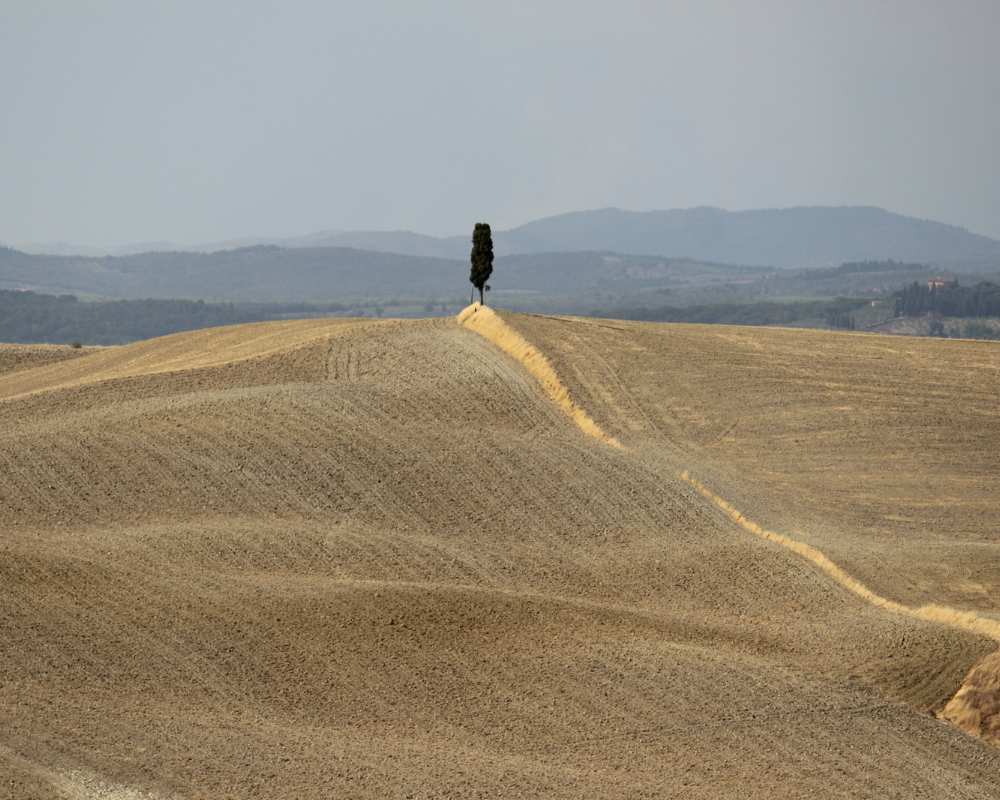
Even more ancient are the historical origins of the Via Lauretana, which are almost lost in the mists of time: the stages of its route have seen men pass through it since the Etruscan people, of which many traces still remain today. In Cortona, the destination of the walk, it is possible to visit the archeological area and the MAEC - Museum of the Etruscan Academy and of the City of Cortona, where you can immserse yourself completely in a past that is now remote, but that still exudes great charm.
The Cammino di San Jacopo
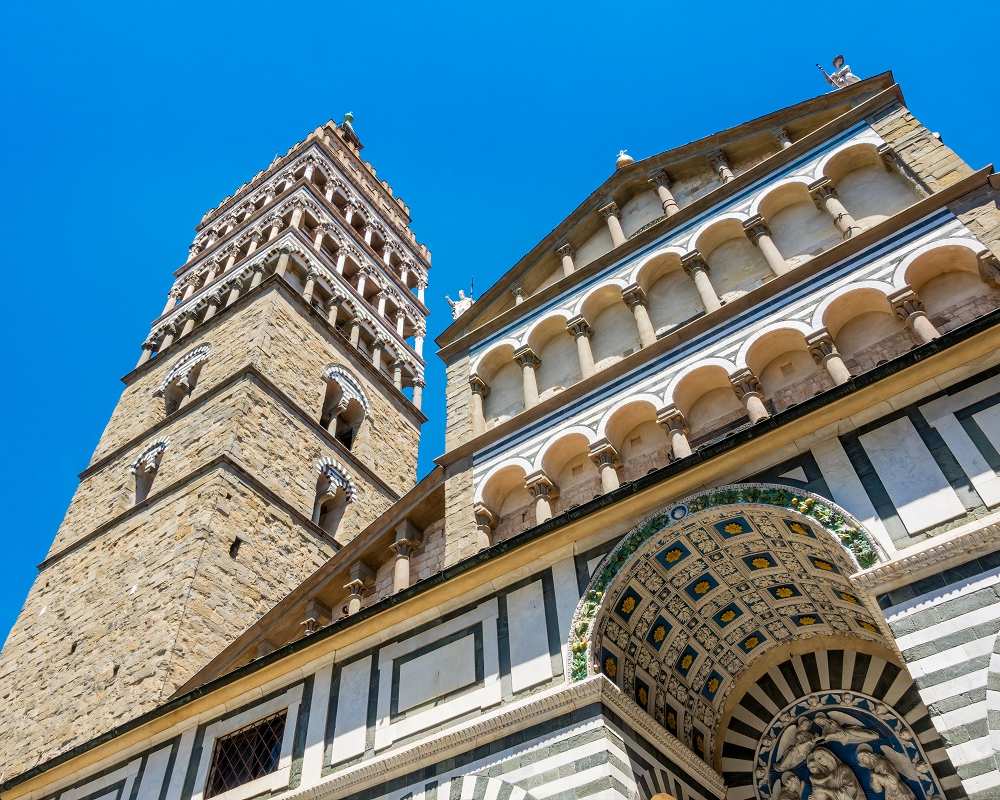
From Florence to Livorno, the Way of St. Jacopo retraces the footsteps of the pilgrims who used to set sail from Livorno’s port, land in Barcelona and walk to Santiago de Compostela. The Way of St. Jacopo makes stops in the major art cities of northern Tuscany and finds its sublimation in Pistoia, called the “Italian Compostela”, because since 1145 AD, it has guarded the famous relic of the Apostle James (Jacopo) in the cathedral of San Zeno.
What’s nearby?



